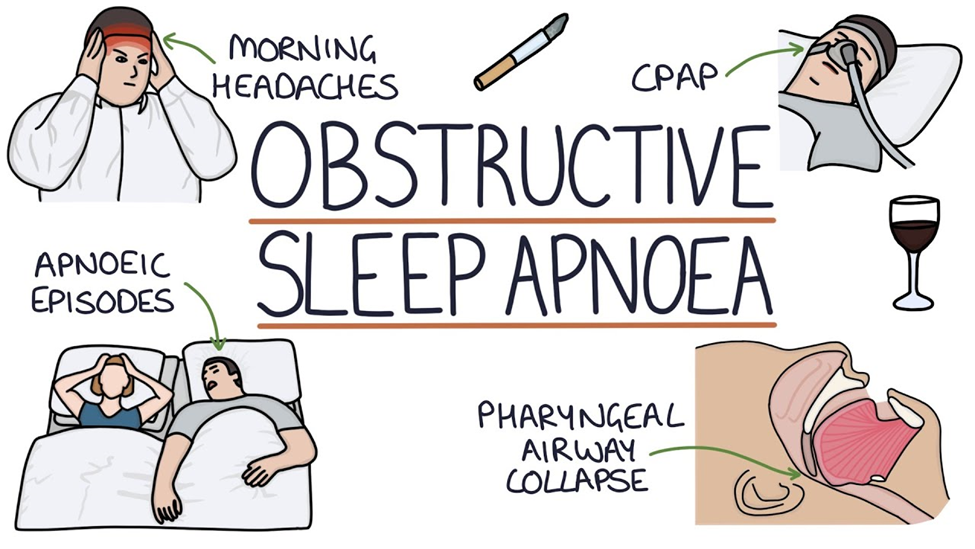A nurse is reinforcing teaching with a client who is having difficulty using an incentive spirometer. Which of the following instructions should the nurse include in the teaching?
Start slowly and increase volume over several sessions.
Do regular deep-breathing exercises instead.
Use another device because this one is might be faulty.
Be much more vigorous in increasing increments.
The Correct Answer is A
A. Start slowly and increase volume over several sessions.
This is the correct choice. For clients having difficulty using an incentive spirometer, starting slowly and gradually increasing the volume over several sessions is an appropriate approach. It allows the client to become familiar with the device and the technique required for effective use. Starting slowly also reduces the risk of discomfort or respiratory distress, allowing the client to build up their lung capacity gradually and achieve optimal results over time.
B. Do regular deep-breathing exercises instead.
Regular deep-breathing exercises are beneficial for improving lung function and respiratory strength. However, using an incentive spirometer serves a specific purpose in promoting deep breathing and lung expansion to prevent atelectasis (lung collapse) and improve respiratory function. While deep-breathing exercises are helpful, they may not provide the same targeted benefits as using an incentive spirometer, especially for clients who are experiencing difficulty with deep breathing or lung expansion.
C. Use another device because this one might be faulty.
This option assumes that the difficulty with the incentive spirometer is due to a fault in the device itself, which may not necessarily be the case. Before considering another device, it's important to ensure that the client is using the current device correctly and receiving proper instruction. If the client continues to have difficulty despite proper technique and instruction, then further assessment of the device may be warranted.
D. Be much more vigorous in increasing increments.
Being much more vigorous in increasing increments is not recommended, as it could lead to discomfort, respiratory distress, or hyperventilation for the client. Increasing the volume too quickly may overwhelm the client and make it more difficult for them to use the incentive spirometer effectively. Gradual progression allows the client to adjust to the device and build up their lung capacity safely and effectively over time.
Nursing Test Bank
Naxlex Comprehensive Predictor Exams
Related Questions
Correct Answer is D
Explanation
A. Asking the provider to repeat another radiograph of the chest.
This option is not the most appropriate action in this scenario. While a chest radiograph may be useful in certain situations to assess for complications such as pneumothorax or pneumonia, it is not typically the first intervention for an asthma exacerbation with increased wheezing and decreased oxygen saturation. In this acute situation, the priority is to provide immediate treatment to alleviate the client's symptoms and improve oxygenation.
B. Increasing oxygen to maintain an oxygen saturation of 95% or greater in the client.
While maintaining adequate oxygenation is important, especially in a client with asthma exacerbation, it is not the first-line intervention in this scenario. Oxygen supplementation may be necessary, but the priority is to address the underlying bronchospasm causing the decreased oxygen saturation. Therefore, this option may be considered after initiating appropriate bronchodilator therapy.
C. Requesting the pharmacy to dispense 10 mL of dextromethorphan PO.
This option is not appropriate for managing an asthma exacerbation. Dextromethorphan is a cough suppressant and does not address the underlying bronchospasm characteristic of asthma exacerbations. In fact, suppressing cough may hinder the clearance of mucus and exacerbate respiratory distress. Therefore, this intervention is not indicated and may delay appropriate treatment.
D. Instructing respiratory therapy to administer a PRN albuterol aerosol.
This is the correct action in this scenario. Albuterol is a short-acting bronchodilator commonly used to relieve bronchospasm and improve airflow in clients experiencing asthma exacerbations. Administering albuterol via aerosolized inhalation helps to quickly deliver the medication directly to the airways, providing rapid relief of symptoms such as wheezing and improving oxygenation. Therefore, instructing respiratory therapy to administer a PRN albuterol aerosol is the most appropriate intervention to address the client's acute symptoms.
Correct Answer is C
Explanation
A. Constipation
Constipation is not typically associated with obstructive sleep apnea. However, sleep disturbances and certain medications used to manage OSA may indirectly contribute to constipation in some cases.
B. Nausea
Nausea is not a common symptom of obstructive sleep apnea. While sleep disturbances may affect gastrointestinal function in some individuals, nausea is not a typical manifestation of OSA.
C. Headache
One of the common findings associated with obstructive sleep apnea (OSA) is headache. This occurs due to the repeated episodes of apnea (cessation of breathing) during sleep, which leads to intermittent hypoxia (low oxygen levels) and subsequent cerebral vasodilation. The vasodilation can trigger headaches, often described as morning headaches, upon waking up. These headaches are typically frontal and may be accompanied by other symptoms such as fatigue and irritability.
D. Hypotension
Hypotension (low blood pressure) is not a typical finding in obstructive sleep apnea. In fact, individuals with OSA are more likely to have hypertension (high blood pressure) due to the effects of repeated apnea episodes on the cardiovascular system, such as increased sympathetic activity and arterial stiffness.

Whether you are a student looking to ace your exams or a practicing nurse seeking to enhance your expertise , our nursing education contents will empower you with the confidence and competence to make a difference in the lives of patients and become a respected leader in the healthcare field.
Visit Naxlex, invest in your future and unlock endless possibilities with our unparalleled nursing education contents today
Report Wrong Answer on the Current Question
Do you disagree with the answer? If yes, what is your expected answer? Explain.
Kindly be descriptive with the issue you are facing.
